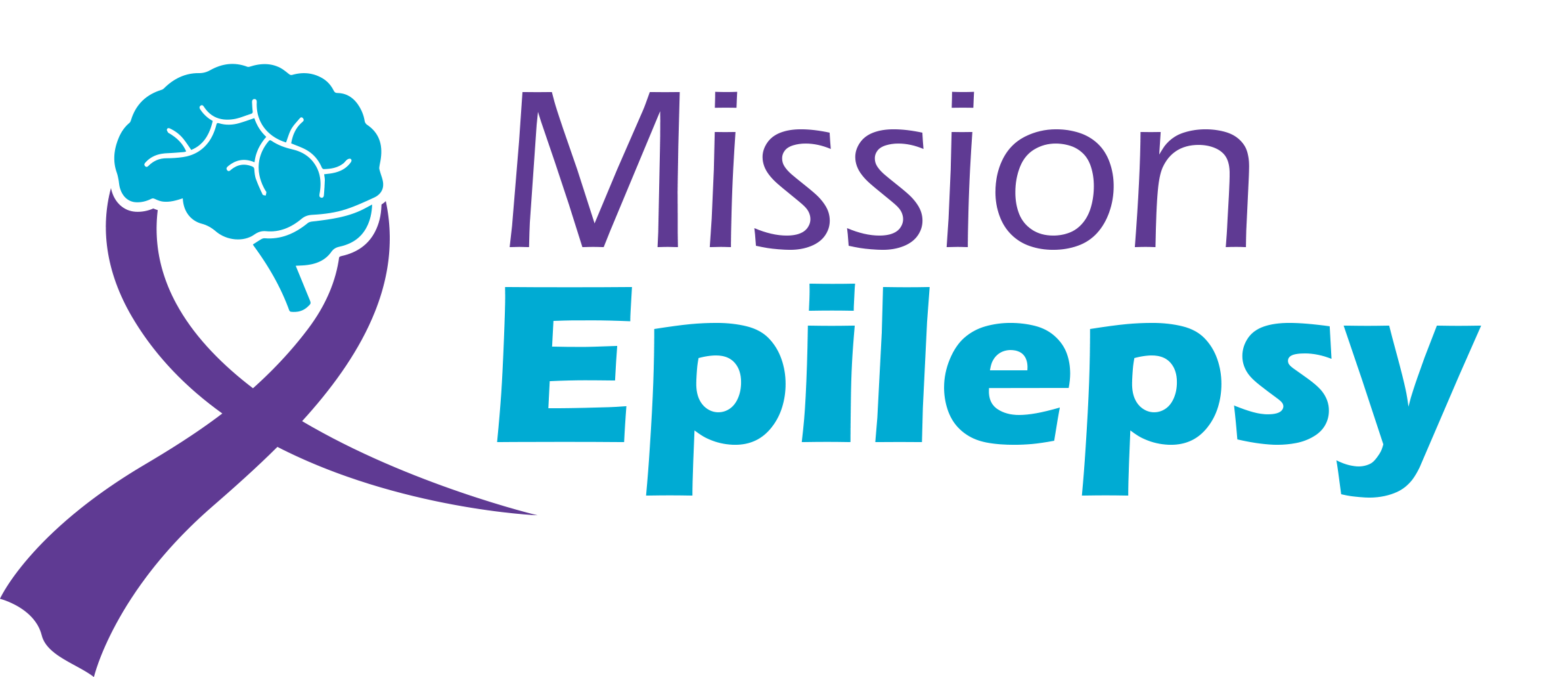According to the National Institutes of Health (NIH), a rare disease is defined as a condition that affects fewer than 200,000 people in the United States. While each rare disease is unique, they share common features such as limited research, lack of treatments, and diagnostic challenges. Here are some key challenges and opportunities associated with rare diseases:
Challenges:
- Delayed diagnosis: Because rare diseases are not well known, diagnosis can take years or even decades. This can lead to unnecessary suffering, incorrect treatments, and missed opportunities for early intervention.
- Limited research: Rare diseases often receive less research funding than common diseases, making it difficult to develop effective treatments. In addition, clinical trials for rare diseases may have fewer participants, which can affect the statistical significance of the results.
- Lack of treatments: Due to the limited research and small patient population, there are often no FDA-approved treatments for rare diseases. This can lead to a sense of hopelessness for patients and their families.
Opportunities:
- Innovation: Rare diseases offer unique opportunities for innovation, as they often involve novel biological mechanisms and pathways. For example, studying a rare genetic disease may shed light on the underlying causes of more common diseases.
- Patient engagement: Because rare disease patients often have limited treatment options, they may be more willing to participate in clinical trials and advocate for research. This can lead to more engaged and empowered patient communities.
- Collaboration: Rare diseases require collaboration across multiple stakeholders, including patients, researchers, industry, and government. This collaboration can lead to more efficient and effective research, and better outcomes for patients.
In conclusion, understanding rare diseases is crucial for advancing research and improving outcomes for patients. By addressing the challenges and leveraging the opportunities presented by rare diseases, we can make progress towards better diagnosis, treatments, and ultimately, cures.

